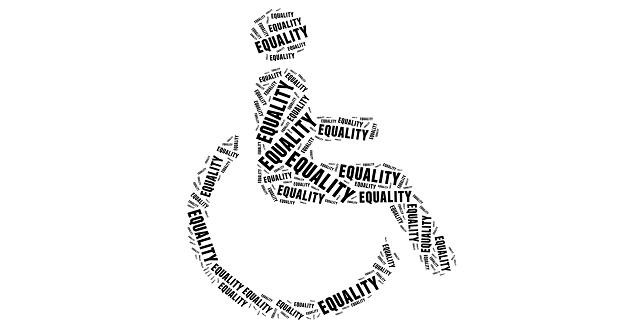Post Views: 904
2012 was a tipping point for many diversity and inclusion (D&I) issues in this country and around the globe. We saw a number of defining moments, many of them controversial and misunderstood, that will require the attention of D&I experts this year and beyond.
During January and February, The Inclusion Solution will focus on 9 Key Trends that diversity and inclusion professionals need to incorporate into their planning and thinking. This week, The Inclusion Solution focuses on religious diversity. In the weeks to come we will highlight the following key diversity issues for 2013:

Religious Diversity: Beyond the Protestant Ethic: Religious diversity became more visible in 2012. What are the trends and implications for D&I practitioners?
 LGBT: Emptying the Closet:
LGBT: Emptying the Closet: 2012 was certainly a watershed year for GLBT rights. President Obama reversed his stand on gay marriage, coming out in favor of the legal union between same sex couples. Three more states passed laws allowing gay marriage, and many more companies put into place same sex partner benefits. However, this is still a very polarizing issue. What are the implications for D&I work?
Coming Home: People with Disabilities and Veterans: 33,000 “surge” troops left Afghanistan in 2012 and in 2011 the President announced the formal end of the war in Iraq. As a result, hundreds of thousands of Vets will be looking for employment, many of them with disabilities giving more visibility to the topic. What are the key issues and how should D&I practitioners be addressing them?
Women Rule: The New Global Gender Reality: For the first time in Olympic history, women were represented on every country’s 2012 Summer Olympic team in London. The United States 113th Congress has 101 women—eighty-one in the House of Representatives and 20 in the Senate. Both are record numbers. What are the lingering gender equality issues? What are the emerging issues?
D&I Makes the Global Tipping Point: Until recently, diversity and inclusion were thought to be US concepts, with few outside the US understanding what all of the “hullabaloo” was about. Many more companies and governments outside the US have named chief diversity officers and are focusing on D&I in very intentional and strategic ways. What does this mean for the field? What skills will D&I professionals need?
Who Am I? The Rise of Multiple Identities: “I am Latina, Muslim, Millennial, a mother and I want you to understand all of me.” The check the one box identity answer is a thing of the past. Diversity practitioners will have to understand the multidimensional intersections of identities that employees want acknowledged, valued and respected.
The New Global Workforce: Female, Young, Old, Non-White: Every day in 2012, 10,000 baby boomers turned 65. In 2012, there were 77 million boomers in this country and 86 million Millennials. The US Census Bureau reported that 50.4 percent of children born in a 12-month period that ended July 2011 were Hispanic, black, Asian-American or from other groups, while non-Hispanic whites accounted for 49.6 percent of all births during that period. What are the implications?
Immigration: A Global Issue: In June of 2012, President Obama issued an Executive Order, The Dream Act, temporarily halting the deportation of undocumented immigrant children who are currently in school. The 2-year Order is viewed as a temporary stop-gap measure. Globally, immigration is also a major source of controversy. What are the implications for D&I?
Race: Evolving Definitions: We know that we are not living in a “post-racial” society. Racial inequities persist in every facet of our society from education to economics to health care, even though The Civil Rights Movement will officially celebrate its 50th anniversary this year. The second term election of President Obama in 2012 was a defining moment in many ways revealing how far we have come but how far we still have to go. What do D&I practitioners need to understand about race?
![]()
![]()
![]()
![]()
![]()
![]()
![]()
![]()


















